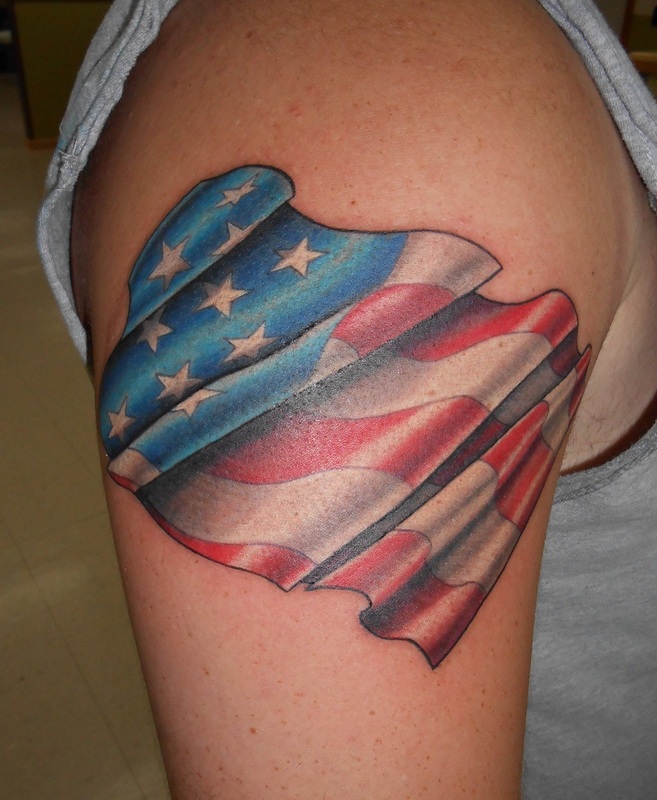

At least the parent company Jazz Publishing had the decency to let subscribers know and refund them. I wasn’t even notified directly, I found out through my co-writer Dave Perry. No announcement was made in the media and there was to be no final issue.
#SKIN DEEP INK SKIN#
Then suddenly at the beginning of March Skin Deep ceased publication. There were plenty of tattoo magazines on the shelves of Britain’s newsagents but it was Skin Deep that seemed to occupy the most space on tattoo studio coffee tables across the land.Īfter some hard work, perseverance and a dash of luck I finally made it into the pages of Skin Deep and for the next 6 years my articles and interviews made regular appearances in the Daddy of tattoo magazines. Back in 2012 the publishing industry was riding on the coattails of the tattoo boom and I wanted to get my writing in the self proclaimed biggest and best magazine in the UK. When I started writing for the tattoo industry some 8 years ago the Holy Grail I sought was an article in Skin Deep magazine. But how did the UK’s best selling tattoo magazine come to such an inglorious end? Yayo sent out investigative journalist Matt Haddon-Reichardt to find out. With little fanfare and even less ceremony Skin Deep, the UK’s biggest selling tattoo magazine, ceased publication. A study in mice reported that 42 days after tattooing, 68 percent of the dye was still located at the injection site.Just before the Covid-19 crisis shocked the world and shook tattooing to its core, a quieter catastrophe hit the industry. Clumps of pigment particles have also been found to stick between the dense collagen fibers of the dermis.Īlthough every new tattoo will display some pigment loss, the majority of the ink will stay in the skin. Some macrophages loaded with ink particles remain in the dermis, while other pigment particles are taken up by the main dermal residents, which are called fibroblasts. But this process is only partially successful when it comes to tattoo ink. Macrophages are specialized immune cells, whose job it is to engulf foreign particles and clear them from the tissue.

The result is an influx of immune cells to the site of injury. The bleeding is part of the skin’s natural defense against injury. Nerves and blood vessels are located here, which is why getting a tattoo hurts and your skin tends to bleed. In order to give the ink a permanent home in your body, the tattoo needle must travel through the epidermis into the deeper layer, or the dermis. Ink injected into the superficial skin layer would simply come off within 3 weeks. Every day, thousands of epidermal cells are shed from your skin and replaced with new cells. This part of the skin constantly renews itself. The reason for this depth of penetration is to bypass the outer layer of the skin, or the epidermis. The tattoo needle punctures your skin around 100 times per second, with the aim of depositing the ink in a region of 1.5 to 2 millimeters below the surface of the skin. Hence, most of the color stays in the skin.īut why is it necessary to inject the ink so deeply? The body recognizes tattoo pigments as foreign particles and tries to clear them from the skin, but the chemistry of the ink used in tattoos makes this process quite difficult for the body. Solid needles are used to deposit ink into the deep layer of the skin. Food and Drug Administration (FDA) have, in fact, not approved any pigments for tattoos, and skin reactions to tattoos are not uncommon.Īlthough some tattoo inks are known to contain carcinogens, there is no concrete evidence that the chemicals in tattoo ink can cause cancer.

They are mostly made for other applications, such as the car paint or printing industries. Their popularity has increased in the past 20 years, with 29 percent of the population of the United States reporting to have at least one tattoo.īut the inks used in tattoos are actually not developed for use in humans. But some pigment particles go on a longer journey.įrom elaborate designs and sports team badges to the names of loved ones, tattoos come in all shapes and sizes. Share on Pinterest The body stores tattoo ink in cells and between collagen bundles in the dermis.


 0 kommentar(er)
0 kommentar(er)
